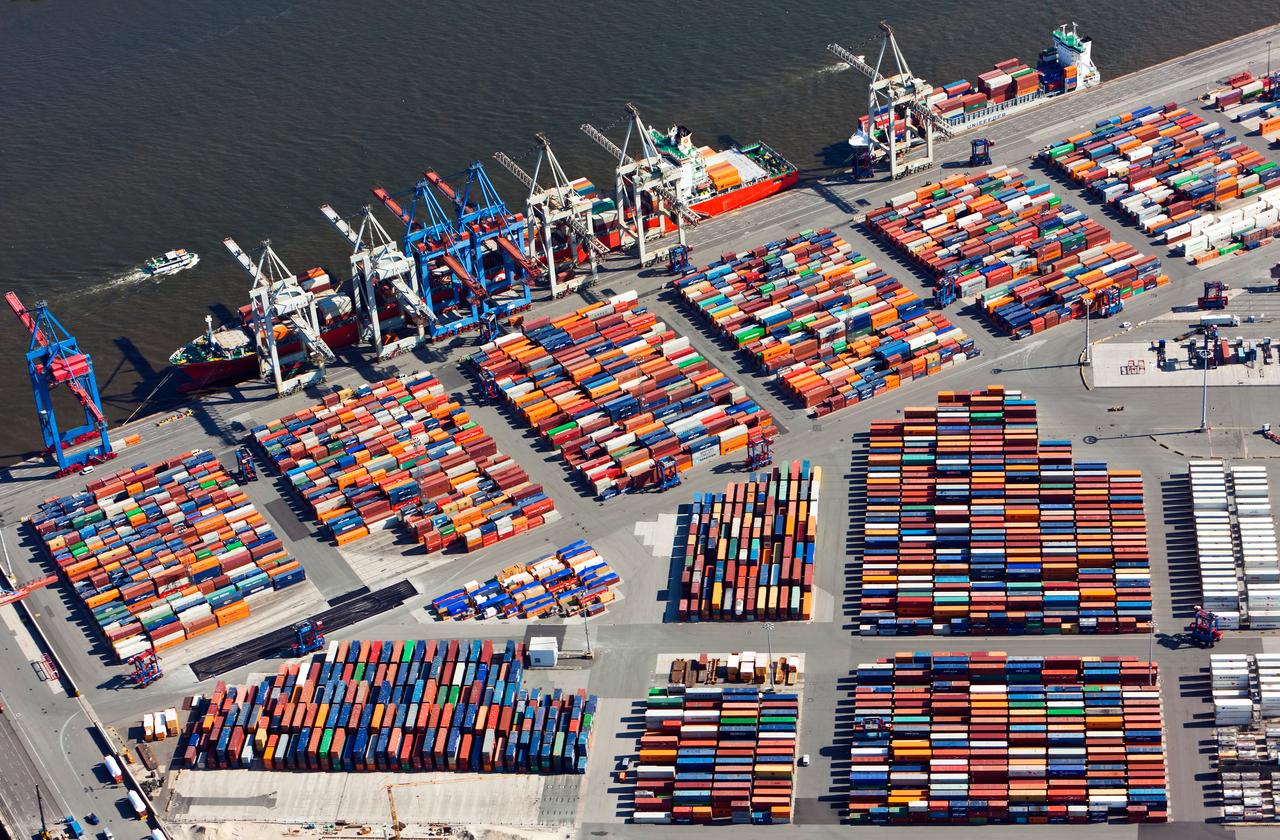
The eurozone economy expanded at a slower pace than initially estimated in the first quarter of 2025, growing by 0.3%, according to revised data released by Eurostat on Thursday.
Economic output across the 20-nation single currency bloc rose at a slower-than-expected pace during the January–March period compared to the previous quarter, marking a downward revision from the preliminary estimate of 0.4% published in April, the European Union’s official statistics agency said.
While growth in the eurozone was revised downward, the broader European Union economy—which includes non-eurozone countries such as Sweden, Poland, and Hungary—held steady at 0.3% in the first quarter, with no changes from earlier estimates.

Analysts continue to warn of a more pronounced economic slowdown later this year, as the full impact of U.S. import duties begins to take hold. These include 25% tariffs imposed by U.S. President Donald Trump on key European exports such as steel, aluminum, and automobiles. Additional levies of 20% targeting a wider range of European products were temporarily suspended for 90 days but remain a looming threat. Furthermore, a near-universal tariff of 10% still applies across most transatlantic trade.

Brussels and Washington have been engaged in negotiations in an effort to avert a broader trade conflict. European Union officials have signaled that they are prepared to impose retaliatory tariffs on American goods if no agreement is reached by the end of the suspension period.
Despite its weaker-than-expected expansion, the eurozone economy continues to perform better than that of the United States. According to Eurostat’s international comparisons, U.S. gross domestic product (GDP) shrank by 0.1% in the first quarter compared to the previous three-month period.
Looking ahead, the European Commission is scheduled to publish its revised economic growth and inflation projections for 2025 and 2026 on Monday. These forecasts are expected to reflect the shifting macroeconomic landscape shaped by trade policy tensions and evolving global demand.